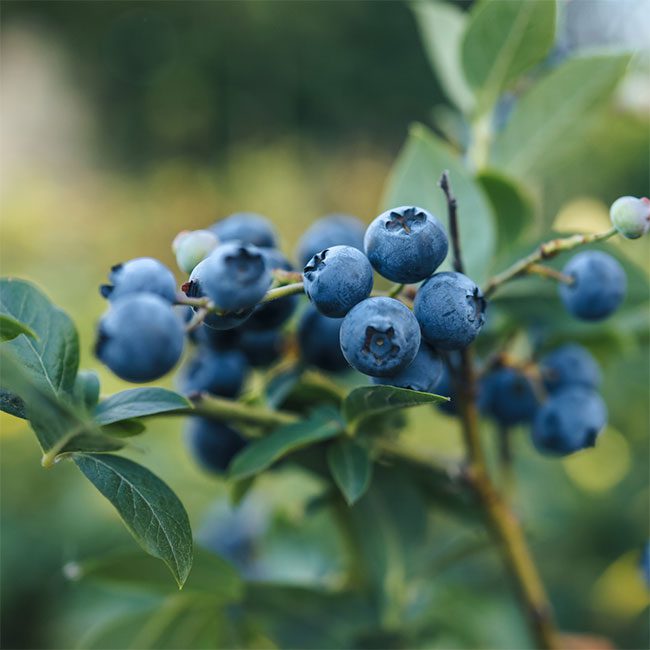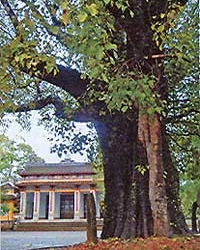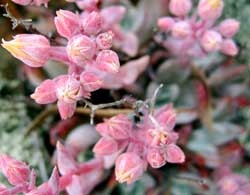The color blue is a rare occurrence in nature, and very few organic compounds in nature produce this color for living organisms. So, why exactly do blueberries have a blue hue? Recent scientific research has uncovered this puzzling question – surprisingly, the blue color does not come from the fruit’s skin.
In a study published on February 7 in the journal Science Advances, researchers discovered that tiny crystals, randomly arranged in the waxy coating of the fruit, scatter light, giving blueberries their characteristic indigo appearance.

The blue color of blueberries does not come from the fruit’s skin.
Blue is rarely found in living organisms. Most examples, such as bellflowers, butterflies, and tropical frogs, rely on techniques to produce this color (mainly to evade predators). Even blue stones and minerals, like jade and lapis lazuli, are difficult to attain.
The study states: “The blue color of blueberries cannot be extracted by squeezing – because it is not found in the juice that can be pressed from the fruit. Blueberries contain strong pigments called anthocyanins, which are a deep red-purple, completely different from the indigo color of the fruit’s exterior. However, like most plants, blueberries are coated with a thin protective wax that acts as a waterproof barrier and infection shield.”
Scientists suspected that the blue color must come from outside the fruit. Therefore, they removed a sample of this wax and crystallized it on a piece of cardboard. They were thrilled to find that this created a super-thin crystalline coating with the distinctive indigo hue of blueberries.
Upon closely examining this layer, they discovered that the random distribution of crystal structures within the wax helps scatter blue and ultraviolet light, resulting in the characteristic color of the fruit.
This discovery opens exciting opportunities for sustainable and biocompatible blue coatings and dyes. The researchers wrote in the study that this could be used in everything from sensors and construction to automotive paints.





















































